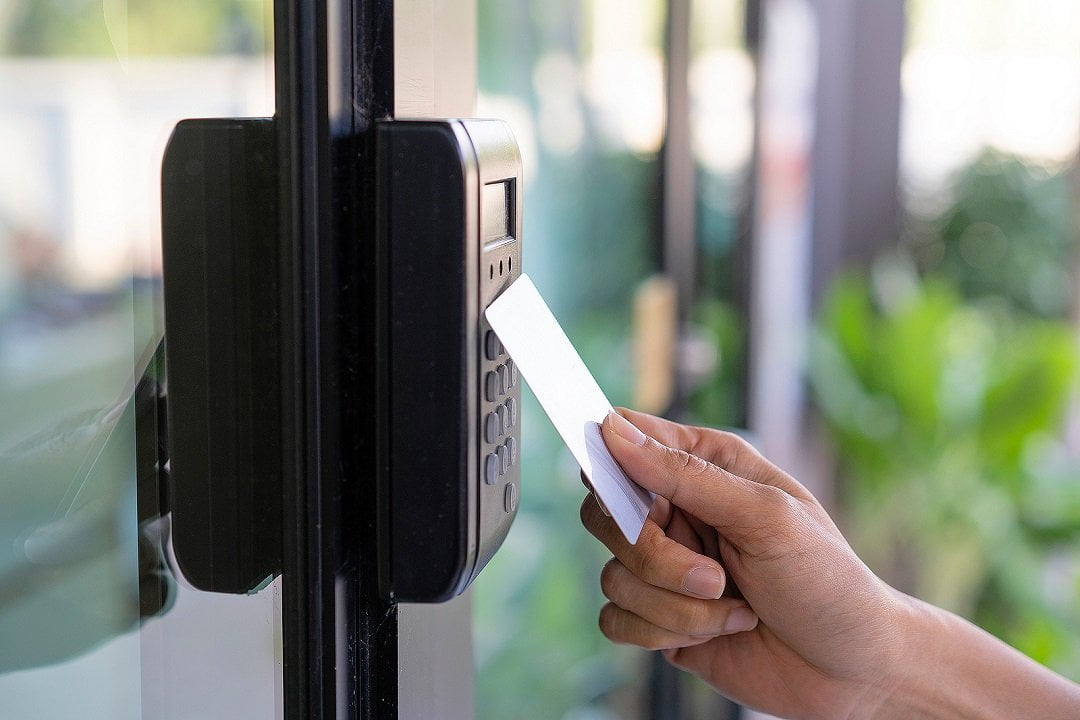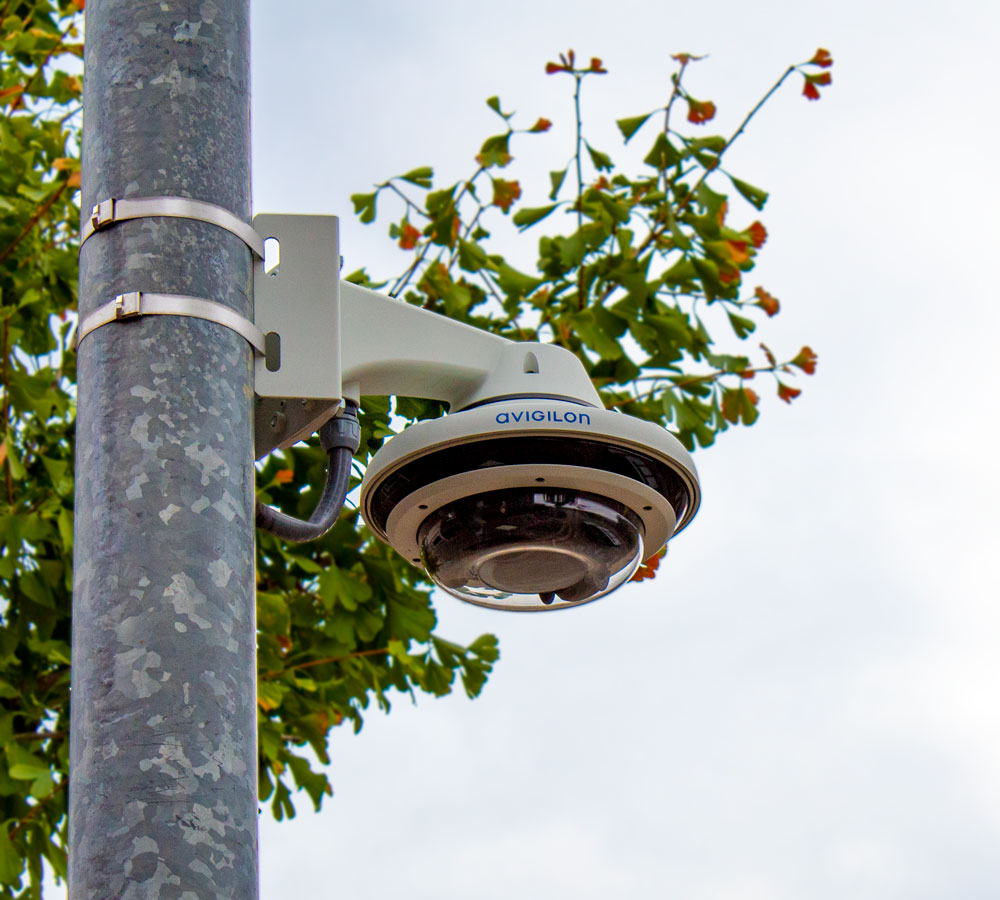Defining Security Objectives
Every campus is unique, with its own specific location, buildings, student population, community context, and access to resources. To create an effective security strategy, institutions must first define their security objectives. This process involves considering how security measures will affect the campus population and surrounding community while creating an environment that prioritizes the safety of its occupants. It's often advisable to start with the most critical areas and design a program that aligns with both budget constraints and available staff resources.

Digital Shield: Smart Campus Security Solutions
Securing the Campus Perimeter
A crucial step in campus security is securing the perimeter to keep intruders out and regulate access to campus facilities. This typically involves a combination of security technologies, natural and artificial barriers, and fortifications like window film. It's important to remember that campus facilities extend beyond residence halls and academic spaces to include green spaces, athletic fields, and other gathering spots. A well-secured perimeter forms the first line of defense in a comprehensive campus security strategy.
Access Control Systems
Balancing the need for an open and welcoming campus with the responsibility to protect its occupants is achieved through effective access control systems. These systems should include a range of technologies that control entry and egress while hardening building perimeters. Modern access control solutions can generate alarms for propped doors or unauthorized access, create records of building entries and exits, and integrate with video surveillance for incident verification and forensic review.


Intelligent Video Surveillance
Today's video surveillance systems go beyond simple recording. Intelligent cameras provide high-quality, searchable digital video and can analyze scenes to recognize out-of-place people or objects. For example, when configured with license plate recognition, these systems can flag suspicious vehicle activity. These smart systems automatically detect motion and begin recording, activating emergency plans and simplifying follow-up investigations without the need for constant human monitoring.
Integrated Security Technologies
Many campuses rely on various disparate systems for access control, video surveillance, and other security functions. By integrating these individual systems into a unified solution, administrators and campus security can significantly improve their situational awareness. This integration reduces the risk of human error, speeds up response times, and enhances the ability to react quickly and effectively in emergencies. Additional technologies, such as shot detection devices, can further strengthen the integrated system's capabilities.
School Safety Excellence: A North American Blueprint
Building Tomorrow's Safe Learning Environments
Mass Notification Systems
Effective communication is crucial during emergencies. A comprehensive mass notification system allows administrators to quickly and accurately disseminate information to the right people at the right time. This ensures that emergency responders can mobilize, faculty and students know how to respond, and parents and the public stay informed, helping to contain misinformation and panic. These systems, when properly implemented, can also support compliance with standards like NFPA 3000.





